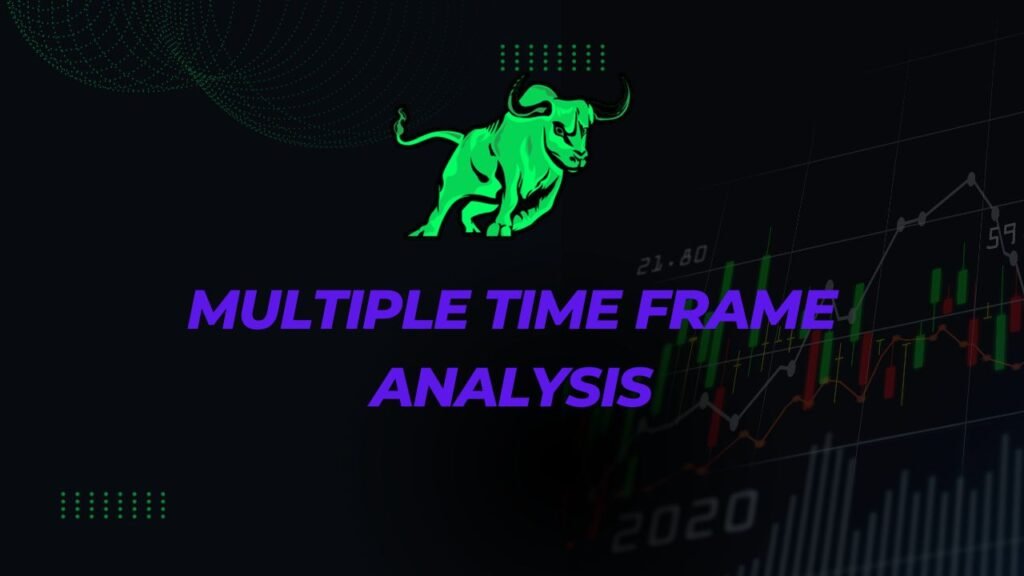
Multiple Time Frame Analysis is a dynamic approach to evaluating markets.
This method involves analyzing the same asset across different time frames.
It provides a deeper, more comprehensive view of market trends and potential movements.
The Essence of Multiple Time Frame Analysis
What is Multiple Time Frame Analysis?
Multiple Time Frame Analysis involves looking at a market or an asset across various time intervals.
This technique helps traders identify broader trends and finer details simultaneously.
It’s like viewing the market through a multi-faceted lens.
Why Use Multiple Time Frames?
Using multiple time frames can enhance decision-making in trading.
It helps in identifying long-term trends while capturing short-term opportunities.
This approach reduces the risk of missing critical market movements.
Implementing Multiple Time Frame Analysis in Your Strategy
Choosing Time Frames
Typically, traders combine long-term, medium-term, and short-term charts.
For instance, daily, 4-hour, and 1-hour charts are a common combination.
The choice depends on your trading style and objectives.
Interpreting Signals Across Time Frames
Look for alignment in trends and patterns across time frames.
A buy signal in a short-term frame should align with the long-term trend for higher probability trades.
Conversely, conflicting signals can signal caution.
Real-Life Application: Multiple Time Frame Analysis in Action
Imagine a trader analyzing the EUR/USD pair.
On the daily chart, they spot an upward trend.
The 4-hour chart confirms this trend, and the 1-hour chart shows a buying opportunity.
This alignment across time frames gives the trader confidence in their decision.
FAQs on Multiple Time Frame Analysis
Q: Is Multiple Time Frame Analysis suitable for all trading styles?
A: Yes, it can be adapted to fit various trading styles, from day trading to swing trading.
Q: How many time frames should I analyze?
A: Generally, three time frames (long, medium, and short-term) are sufficient to provide a comprehensive view.
Q: Can this approach be used for all markets?
A: Absolutely, it’s effective for stocks, forex, commodities, and more.
Q: What’s the biggest challenge with Multiple Time Frame Analysis?
A: The challenge lies in accurately interpreting and aligning the information from different time frames.
Conclusion
Multiple Time Frame Analysis offers a layered, insightful approach to market analysis.
It aids traders in making more informed decisions by providing a broader perspective.
Incorporating this method into your trading routine can significantly enhance your market understanding and trading efficacy.